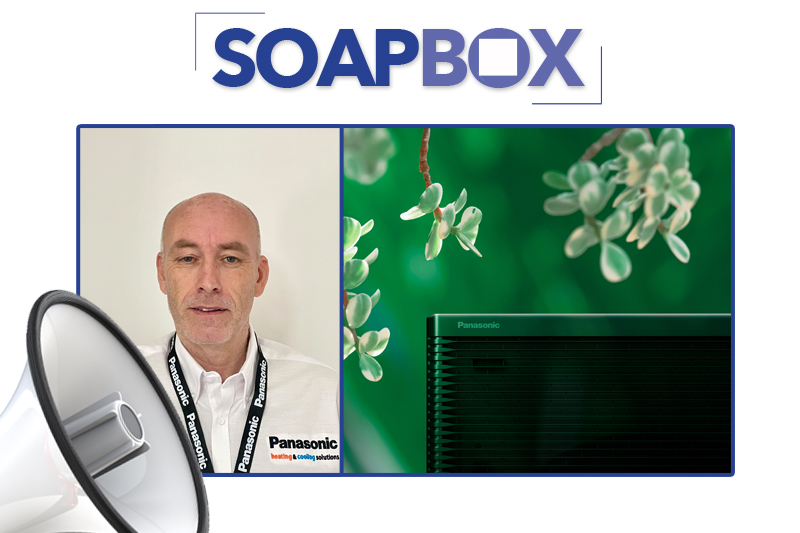Professional Electricians Wholesaler spoke with James Hall, Technical Director at FireAngel, to find out why he thinks ionisation technology should be left behind in favour of optical or multi-sensing technology.
For many years ionisation sensing technology was a popular choice for specifiers and installers.
Its low price point, combined with outstanding ability to detect fast-flaming fires, saw its installation in all types of properties across the country. However, the favourability of the technology has begun to wane over the last few years, primarily due to two reasons – radioactive dangers and issues with sensitivity.
Ionisation sensing technology is currently illegal in a number of European countries and set to become illegal in the UK within the next few years due to concerns over its use of radioactive materials and sensitivity issues. This is therefore becoming less popular with safety manufacturers, wholesalers and specifiers.
Environmental concerns
Ionisation sensing technology contains a small amount of radioactive material, called Americium 241, within the alarm, which gives off low levels of radiation in the form of alpha particles. This presents environmental issues regarding how they can be safely disposed of due to the radioactive materials present.
The emitted radiation ionises air in the detecting chamber. When smoke enters the detecting chamber, some of these ionised air molecules react with the smoke and cause a change in electrical behaviour, which the alarm electronics can detect and trigger the alarm to sound.
This makes the alarm sensitive to small particles of smoke produced by fast-flaming fires, such as those produced by paper or wood, successfully providing early detection of fire.
False alarms
However, the problem is that this also causes the alarm to be very sensitive to some spurious sources, such as cooking fumes and dust, which can lead to the creation of false alarms.
The technology is therefore unsuitable for installation in circulation areas, such as hallways or close to kitchens, where cooking fumes are frequently present.
These nuisance alarms can often result in residents removing or damaging alarms, meaning they are no longer protected. Specifiers and installers should therefore consider alternative technologies that will not provoke the tenant or homeowner to remove alarms, with the associated potential risks to their safety.
New technology
This is why the British Standard 5839-6 and UK Fire and Rescue Services recommend installing optical or multisensor alarms instead of ionisation smoke alarms in circulation areas, such as hallways and landings, as a minimum level of protection.
As optical detectors are marginally less sensitive to fast flaming fires, they are therefore less likely to sound in response to cooking fumes than ionisation alarms, making them more suitable for installation in circulation areas.
Multi-sensor technology also adds another layer of safety to the inherent reliability of an optical alarm as it uses additional inputs from the environment, such as temperature, to help identify a potential fire hazard quicker.
Make changes
The industry, including the wholesale sector, needs to become more proactive in eliminating ionisation sensing technology from smoke alarms to ensure we continue to provide all individuals with the greatest level of protection.
For more information on FireAngel and its range of products, visit: www.fireangel.co.uk






